 WELCOME
WELCOME
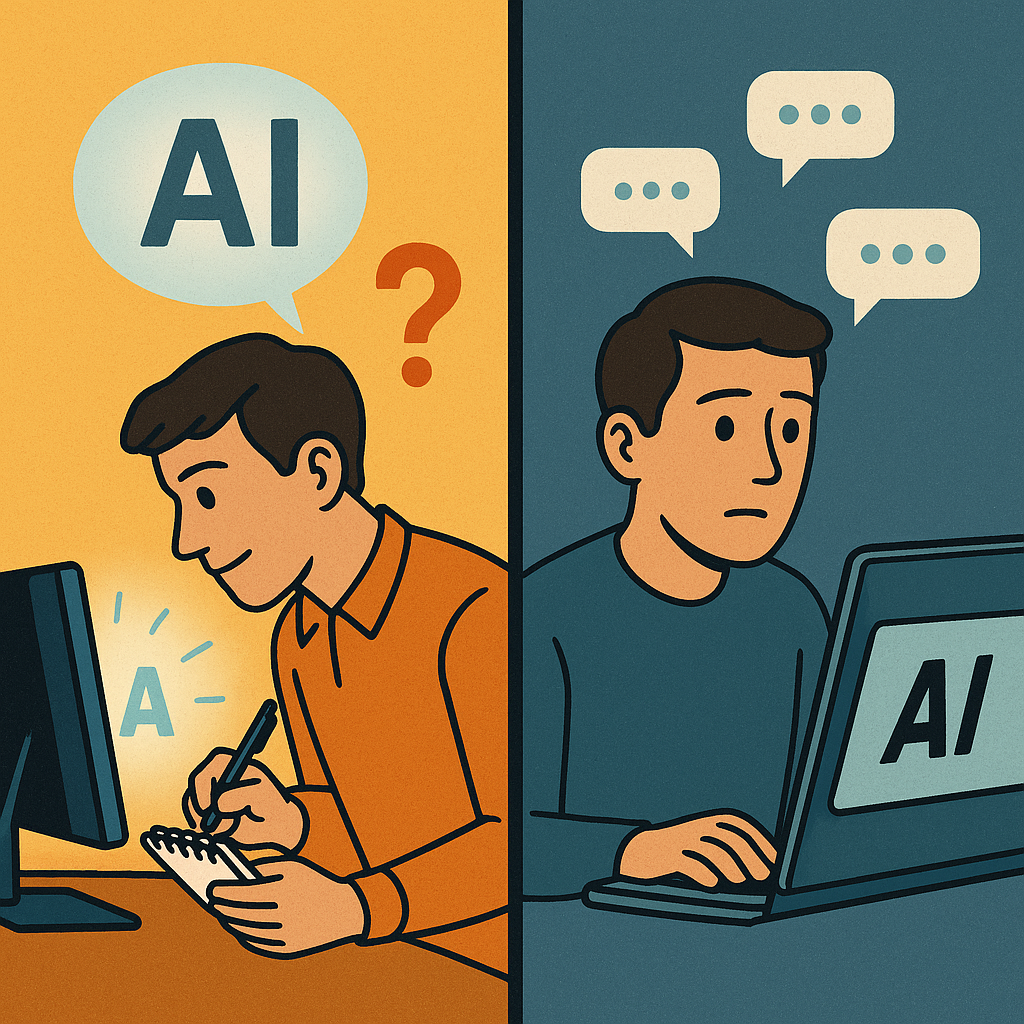
Stop letting AI do your thinking for you.
Stay curious. Stay in control.
Here’s how to build real designerly skills in an AI world.
AI is built to keep you hooked. It feeds you easy answers, fast fixes, and endless nudges. Most people just accept what it serves up. But the best designers do the opposite.
They question everything.
→ Start with curiosity.
Curiosity is your superpower. It means you don’t just take AI’s suggestions at face value. You dig deeper. You ask why it’s nudging you, who benefits, and what you might be missing.
→ Practice critical thinking.
Critical thinking is a muscle. Use it every time AI offers a shortcut. Don’t just click “accept.” Pause. Look for hidden assumptions. Explore other options. Stay in the driver’s seat.
Here are 5 ways to flex your curiosity and critical thinking:
- Interrogate the output: Don’t just use what AI gives you. Ask yourself, “What’s missing? What’s the source?”
- Trace the nudge: Notice when AI tries to steer you. Who gains if you follow? Who loses?
- Compare alternatives: Try different prompts or tools. See how the answers change.
- Spot the pattern: AI loves to repeat what’s popular. Look for sameness. Break the cycle.
- Design with intention: Use tech as a tool, not a crutch. Make choices on purpose, not by default.
→ Build the habit.
Every time you use AI, pause for 10 seconds. Ask yourself: Am I thinking for myself, or just following the script? That pause is where real design skill grows.
Stay curious. Stay critical. Stay in charge.
 PROMPT
PROMPT
Curiosity Prompts
Curiosity isn’t just a feeling - it’s a practice.
Whether you’re flying solo, collaborating with your team, or exploring new frontiers with AI, intentional questions open doors to fresh insights and creative breakthroughs. Here are some prompts to help:
By Yourself: Pick a topic outside your expertise and spend 15 minutes researching it - what surprising questions come up?
With Others: Create a group challenge: find one new thing to learn next week and share why it matters.
Ask AI:
“Simulate a conversation between two experts debating an emerging idea in [topic].”
 CRITICAL THINKING
CRITICAL THINKING

18 months. 12,000 questions. A whole lot of anxiety. What I learned from reading students’ ChatGPT logs
Students increasingly use AI chatbots for anything from academic queries to emotional quandaries. But are they missing out on the chance to make their own mistakes? Three undergrads reveal all …
 VISUAL COMMUNICATION
VISUAL COMMUNICATION
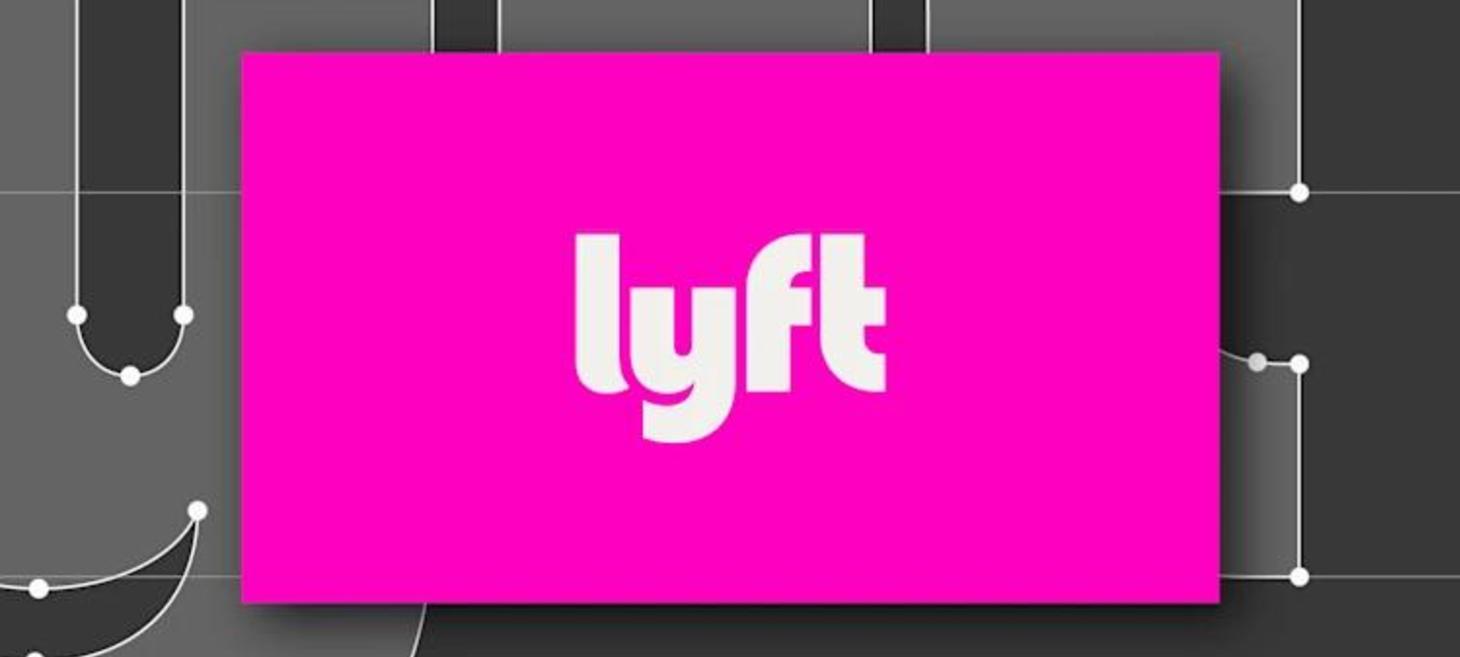
Lyft just got a new logo—can you spot the difference?
Lyft just got a new logo, but you probably didn’t notice it. Over the past few weeks, Lyft has quietly rolled out an updated logo, broadened color palette, and custom typeface on its app and across its social media platforms. The new look, designed by the branding studio Koto, is meant to serve as a natural progression of the brand’s existing identity, injecting it with a subtle boost of structure and maturity.
 COLLABORATE
COLLABORATE
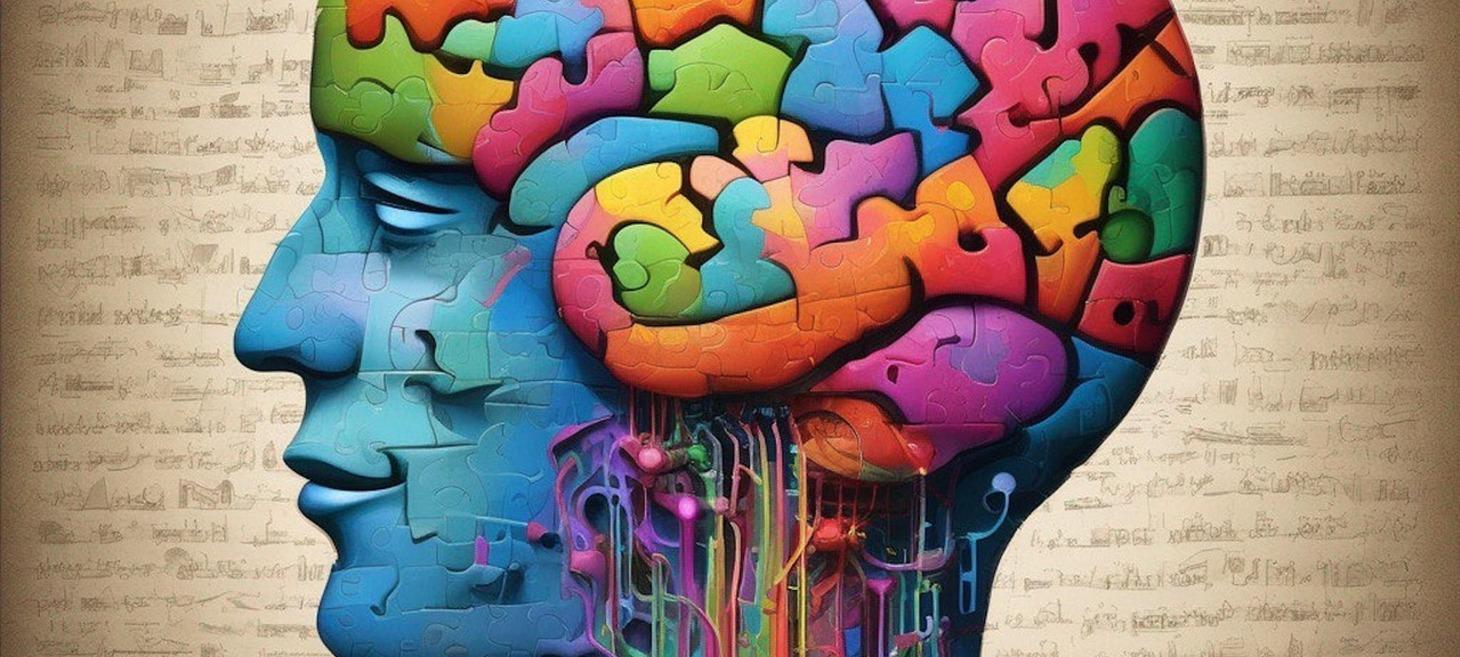
Is AI Alligator or Ally When It Comes to Creativity?
AI offers us the chance to move beyond the mundane, freeing us to become more creative and efficient in our work - always in collaboration, always as a partner. If we seize this transition consciously, and deliberately decide what should be done by whom, when, where, and why, the combination of artificial and natural intelligences might take us to a new space of co-creation, that neither could have entered alone.
 CREATIVITY
CREATIVITY
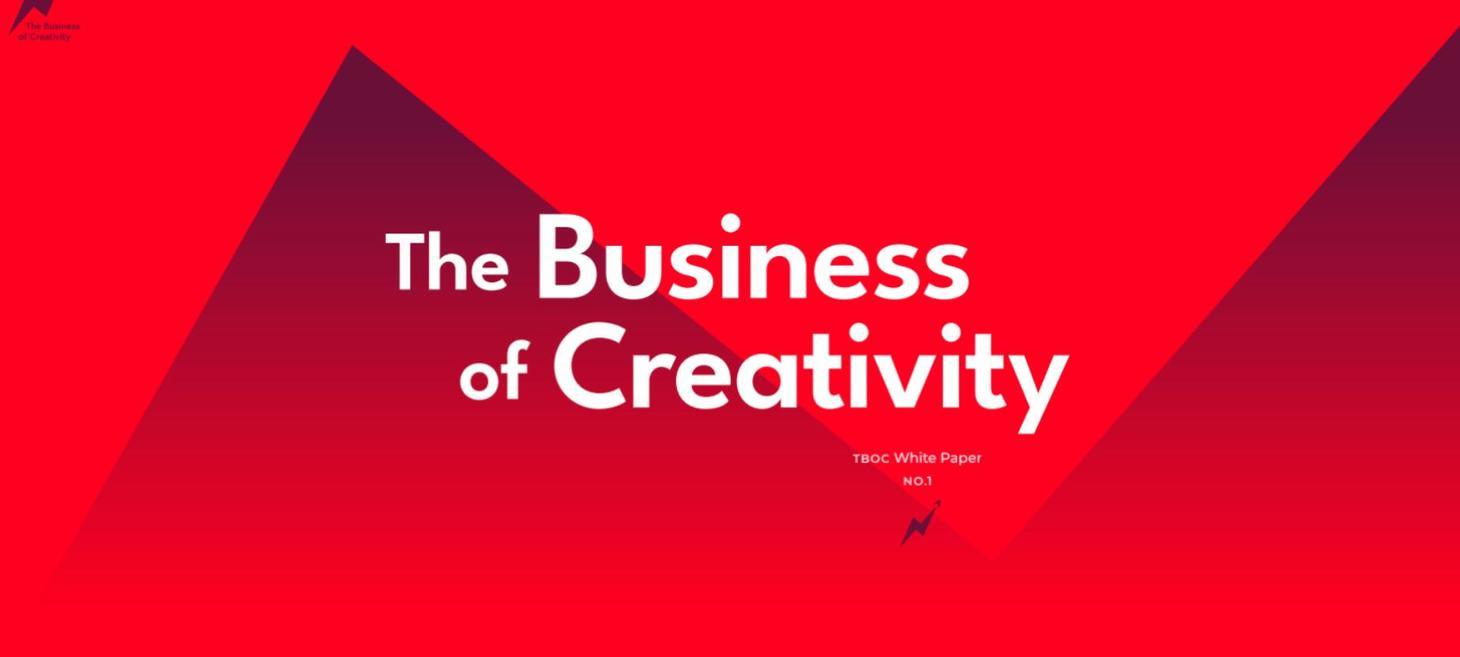
Study Finds Human Creativity Essential for Business Growth and Longevity
A new study reveals that creativity is no longer a “nice-to-have” but a critical business advantage. Global leaders now recognize it as a key driver of resilience, innovation, and growth. Launched to mark the 150th anniversary of the first recorded use of the word “creativity,” the whitepaper highlights a major shift: creativity has become a leadership and business imperative.
 UX
UX

Our interfaces have lost their senses
All day, we poke, swipe, and scroll through flat, silent screens. But we're more than just eyes and a pointer finger. We think with our hands, our ears, our bodies. The future of computing is being designed right now. Can we build something richer—something that moves with us, speaks our language, and molds to our bodies?
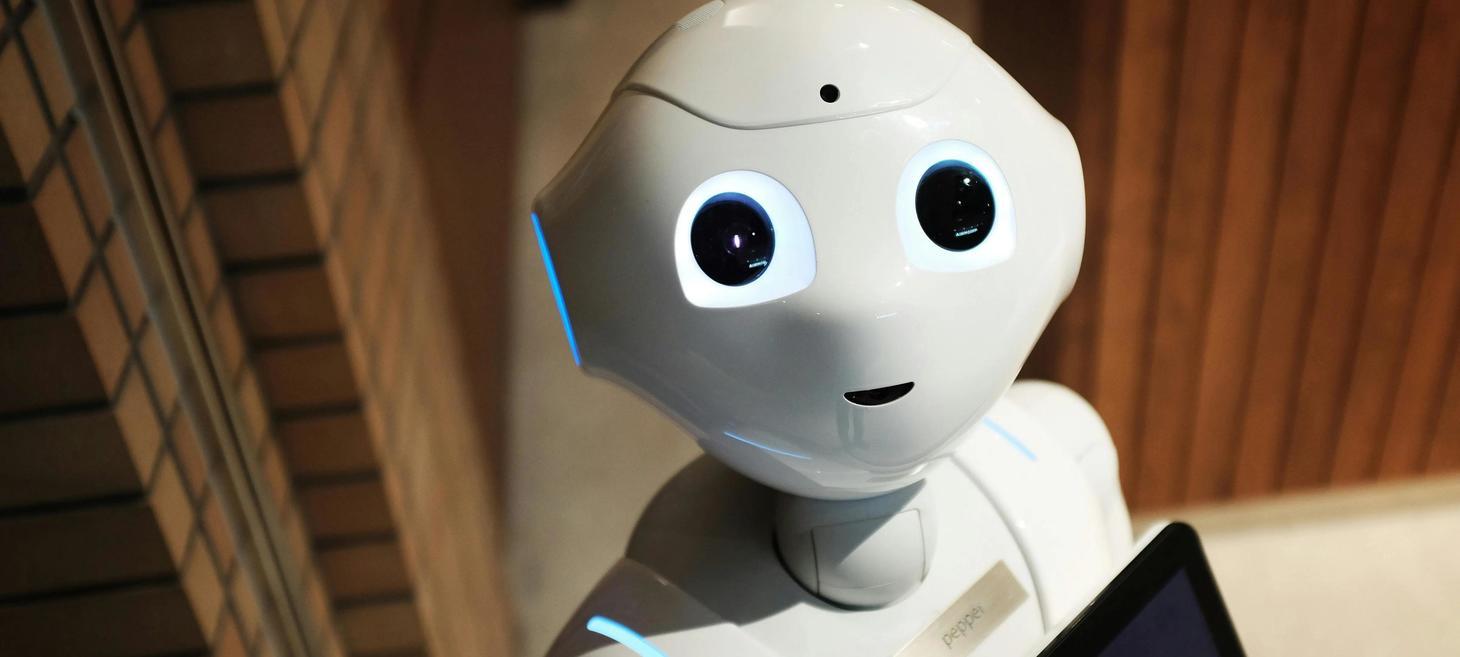
Mitigating the risks of using GenAI in UX design and user research
While GenAI-enabled tools may help us go faster, it can also open us (and our employers) up to risks around design and research quality, intellectual property, and usability.
 INCLUSIVE
INCLUSIVE

WCAG In Plain English
WCAG in Plain English is a free educational resource created by AAArdvark to help make the Web Content Accessibility Guidelines (WCAG) easier to understand and apply. It's designed for beginners, anyone looking for practical, plain-language guidance. Each article is written to provide a high-level summary of a WCAG success criterion, along with examples, explanations, and implementation tips in everyday language.
